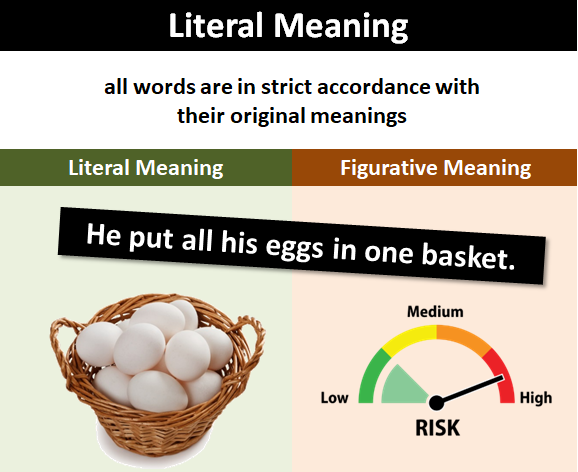In the realm of religious discourse, a perennial question often arises: Are the teachings of religion primarily to be understood literally, or do they possess a deeper, symbolic significance? This inquiry into the nature of religious interpretation invites us to explore the Bahá’í Faith, a relatively modern spiritual path that has made significant contributions to this ongoing dialogue. As we delve into the essence of Bahá’í teachings, we might ponder: Is there a right way to understand the sacred words of the Manifestations of God, or are we destined to grapple with our interpretations endlessly?
The foundation of the Bahá’í Faith rests upon the revelations brought forth by Bahá’u’lláh in the 19th century. His writings are replete with profound insights, often couched in metaphorical language that invites both believers and seekers to examine their meanings deeply. The primary contention among adherents and scholars centers around the extent to which these teachings should be interpreted literally versus symbolically. Let us explore this intricate interplay by examining several key conceptual domains.
The Concept of Manifestations of God
According to Bahá’í teachings, Manifestations of God, such as Moses, Jesus, Muhammad, and Bahá’u’lláh himself, serve as the intermediaries through which divine wisdom is revealed. These figures, imbued with unique spiritual authority, convey messages that cater not only to the needs of their contemporaneous communities but also to humanity’s evolving understanding across time. One might argue that interpreting their teachings literally is necessary to honor the historical context in which they were delivered. However, this perspective can overly constrict the dynamism that Bahá’í principles afford. The necessity for a symbolic interpretation arises when one considers that the essence of the teachings often transcends the immediate, fostering a more profound understanding of their universal application.
Duality of Language: The Literal and the Symbolic
Language, with its inherent duality, functions both as a vessel for literal expression and a medium for metaphorical exploration. In the Bahá’í context, this duality emerges vividly. The writings of Bahá’u’lláh and `Abdu’l-Bahá manifest an intricate tapestry where literal interpretations can yield surface-level comprehension, yet symbolic readings can unlock deeper, transformative insights. For instance, the “Cup of Existence” metaphor is not merely a representation of life’s trials; it symbolizes a broader human experience of growth and spiritual evolution.
Ethical Implications of Literal versus Symbolic Interpretations
Choosing to interpret Bahá’í teachings literally may lead to a stringent adherence to prescribed norms, potentially stifling spiritual growth and diminishing the expansive nature of divine guidance. At the same time, opting for a wholly symbolic interpretation risks severing the connection with the foundational truths intended to illuminate the path for adherents. Balancing these perspectives is crucial, as they collectively inform the ethical directives propounded by the Bahá’í Faith. The pillars of justice, unity, and equality find their roots in both the literal texts and the broader symbolic interpretations, providing comprehensive guidance for personal conduct and communal life.
The Role of Personal Interpretation
Each adherent’s journey within the Bahá’í Faith invites individual exploration and intuition. The act of interpreting teachings—whether literally or symbolically—becomes a personal spiritual endeavor. This autonomy in understanding contributes to a vibrant tapestry of beliefs among followers. The Bahá’í writings assert that each person is endowed with the capacity to discover truth. As one engages with the texts, the inherent challenge presents itself: How does one discern whether the insights gleaned are mere reflections of personal biases or genuine revelations? This requires a meticulous approach, blending humility and an open heart, which is essential in navigating the complex terrain of faith.
Cultural Context and Its Influence
Cultural contexts significantly influence how teachings are perceived and interpreted. The global nature of the Bahá’í Faith, which embraces diverse cultures and traditions, enhances the conversation surrounding literal versus symbolic interpretations. Practices that are deemed sacred in one culture may be viewed differently in another. By adopting an inclusive approach, Bahá’ís are encouraged to appreciate the multifaceted nature of truth, realizing that it may manifest uniquely across different cultural landscapes. This acknowledgment cultivates a deeper respect for the diversity of interpretations that arise within the global Bahá’í community.
Conclusion: A Pathway to Collective Understanding
In concluding this exploration of the Bahá’í teachings as either literal or symbolic, we arrive at a nuanced understanding: the truth of religion exists not in absolutes but in the dynamic interplay between multiple interpretations. The endeavor to discern the true meaning of religion need not be approached as a rigid dichotomy. Instead, it represents a rich landscape of inquiry where individuals can engage earnestly with the sacred texts, honoring both the literal and symbolic dimensions. Ultimately, as the Bahá’í Faith emphasizes unity and collective understanding, the journey toward comprehending these teachings embodies an essential aspect of our shared human experience, challenging us to reflect deeply on the nature of truth and the manifold pathways that lead us closer to the Divine.
